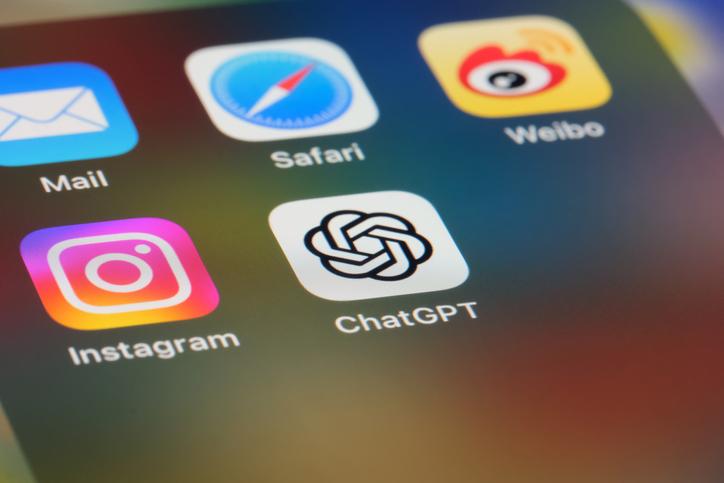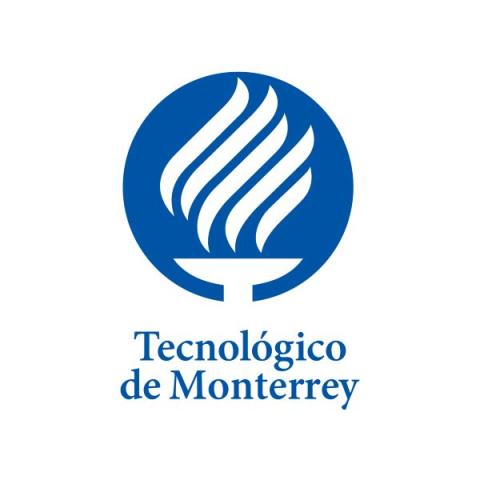
Practical tips for designing activities using ChatGPT
New technologies can certainly be tricky, but hopefully most teachers eventually see them as a motivating challenge, both for their use in the classroom and for the ethical, didactic and objectives-based challenges they pose for students.
Below are a few pointers to think about if and when you decide to carry out activities using ChatGPT in your class. It is important to highlight that, regardless of the subject, they all share a structure and design process that can be replicated according to the needs of individual teachers, courses or universities.
Designing an activity
When designing activities that makes use of ChatGPT, we must remember our students’ training and the stage they are at in their university life. We must also be clear on how the activity fits into the curriculum design and the subject’s academic goals. This is the stage to consider whether skill development, knowledge acquisition or student competencies is the most important aspect of your activity.
It’s also essential when designing to think of the professional of the future and the skills they will need for their professional practice. As such, proposing activities in which ethics, technology, knowledge and the application of their professional training can all be included is essential.
- Four directions for assessment redesign in the age of generative AI
- How ChatGPT killed my discussion boards and prompted new prompts
- THE podcast: How to use generative AI in your teaching and research
Working with ChatGPT
How can we design an activity including generative AI software such as ChatGPT in a university course? It can be useful to remember that the primary basis of this type of AI is dialogue. Students need to learn that, as with a Google search, it won’t be enough just to take the first response thrown up by a cursory exploration or keyword search.
To date, I have designed three activities for subjects in the arts and humanities discipline that make use of ChatGPT. Their general design structure is very similar, and one thing we feel is crucial to remember is that ChatGPT is a tool – it’s merely an instrument that helps us achieve something and, as such, its use should not be the objective per se. Rather, it needs to be used as an aid in developing skills and knowledge of a given subject.
Skills that ChatGPT can develop
We need to underscore that those who interact with AI must have some knowledge of the subject they are working on in order to utilise its potential. This is a sharing moment rather than a sole voice providing information on a topic; the objective is building knowledge based on interaction/s.
To this end, one of the first steps required is for students to explore the subject and research it well in order to better interact with the AI tool. Other learning strategies that can utilise the software might include promoting discussions, organising debates, as well as developing reasoning and critical analysis skills, among others.
An unspoken yet ever-present objective in the activities I have designed is the need to compare the information contained in what ChatGPT produces and the multiple sources researched by the students. In this sense, these activities can help develop two crucial skills. On the one hand, it encourages independent research, which helps students learn more about the topic of interest and is also the foundation of self-study, promoting students’ independence. On the other hand, they can gain the skill of confronting information to try to verify its reliability. This is almost certainly one of the skills that will become ever more significant in coming years.
Experiences and evaluation
Towards the end of the activity, I requested that students share their impressions of using ChatGPT as a tool. One of the first things they highlighted was the dynamism of the interaction with ChatGPT. Others felt motivated by the variety of topics they could explore with the tool. Finally, they remarked on the usefulness of being able to keep asking questions on a certain topic in order to better understand its complexity.
I feel it’s important to have evaluation tools for the activity, its use of ChatGPT and the students’ experience. I’d suggest conducting an evaluation – written or oral – in which students can provide their opinion on the tool and its relevance for the activity carried out. This way we can keep building an environment of dialogue in the classroom and grow a better understanding of the people we’re training, their interests and garner some potential answers to the challenges that technology poses.
Agustín Rodríguez Hernández is digital education professor (educational innovation and digital learning) at Tecnológico de Monterrey, Mexico.
If you would like advice and insight from academics and university staff delivered direct to your inbox each week, sign up for the Campus newsletter.




